Cauda equina syndrome may be caused by a herniated disk, tumor, infection, fracture, or narrowing of the spinal canal
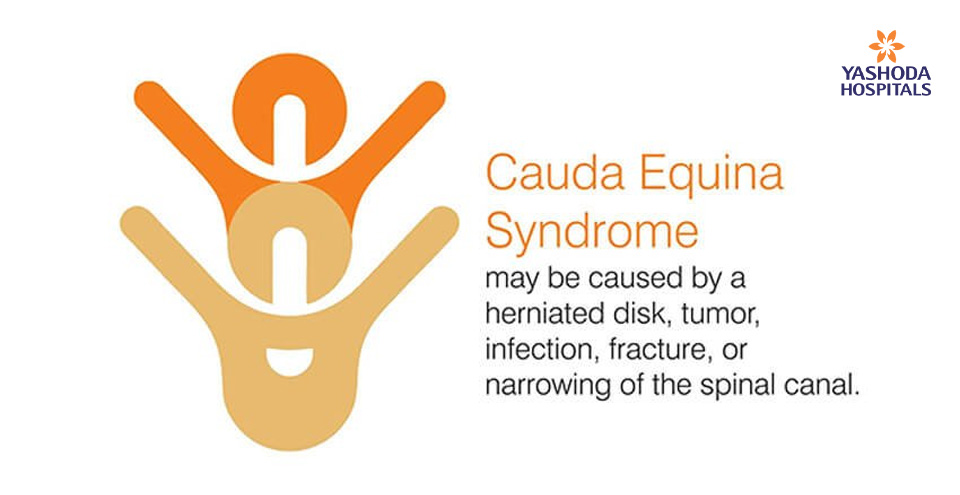
Cauda equina syndrome is a condition where the spine nerve roots are compressed. If neglected it may lead to incontinence and permanent paralysis of the legs. In Latin, cauda equina means horse’s tail. The nerves at the end of the spine are spread out, to resemble a horse’s tail. Located in the lumbosacral spine, these nerves send and receive messages from legs, feet and pelvic organs.
CAUSES
Cauda equina syndrome may occur due raptured disk in the lumbar area, narrowed spinal canal (stenosis), lesions or tumors in the spine, infection or hemorrhage of the spine, and abnormal connection between blood vessels.
SYMPTOMS
Cauda equina syndrome features symptoms of severe low back pain, pain and numbness in one or both the legs, loss of sensation in the legs and buttocks, problem with bladder or bowel function, and sexual dysfunction.
RISKS & COMPLICATIONS
Cauda equina syndrome is characterized by varying degree of saddle anaesthesia, sphincter dysfunction resulting in fecal incontinence, urinary retention and paraplegia. Damage to nerve roots of cauda equina following spinal anaesthesia may occur due to compression, inflammation, stretching due to abnormal position, direct trauma, and spinal ischaemia or as a result of neurotoxicity of local anaesthetics.
TESTS AND DIAGNOSIS
The doctor studies the medical history of the patient, and conducts a physical exam to assess the strength, reflexes, sensation, stability, alignment and motion of the patient’s body. An MRI scan helps the doctor to study the three dimensional images of the spine. An X-ray as well as CT scan may also be suggested to get a detailed view of the spinal cord or nerves condition.
TREATMENT
The immediate treatment for Cauda equina syndrome includes surgery to relieve pressure on the nerves. Surgery is essential, as it would help in preventing further damage such as paralysis of the legs and loss of bladder or bowel control. The surgery is followed by high doses of corticosteroids that help to reduce the nerve swelling. Antibiotics for infection, radiation or chemotherapy for tumors may also be advised.




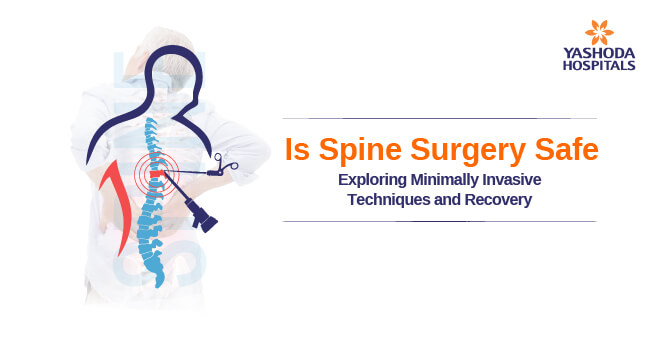
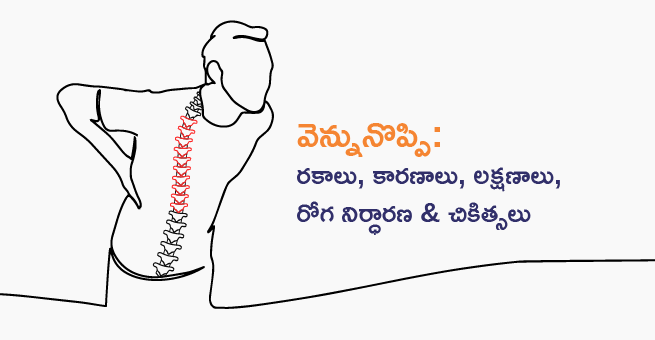
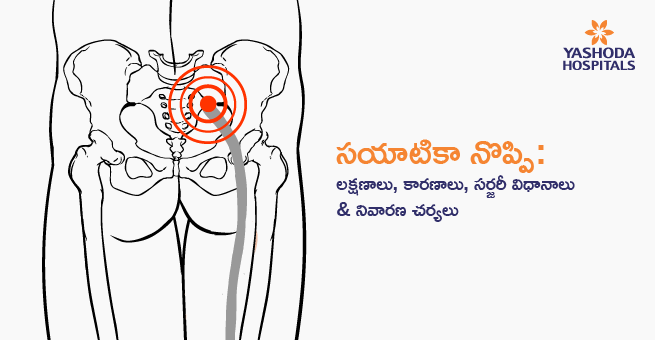



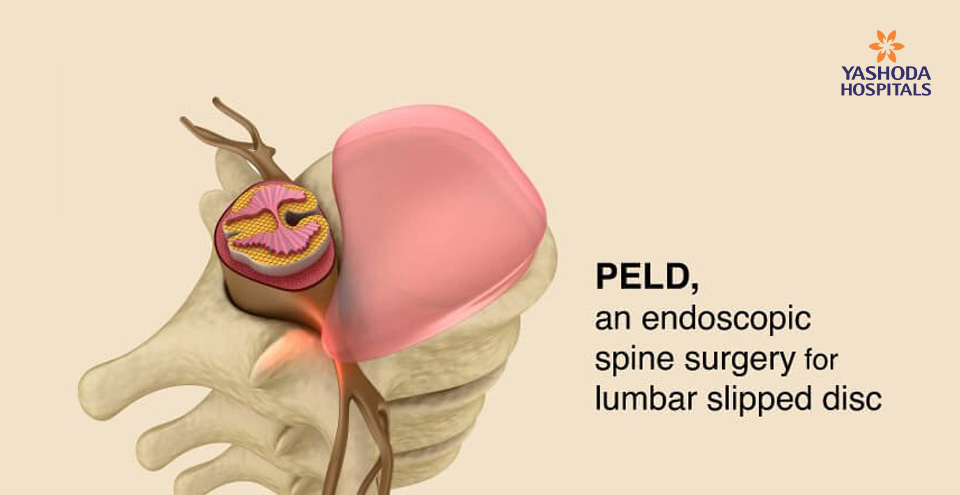

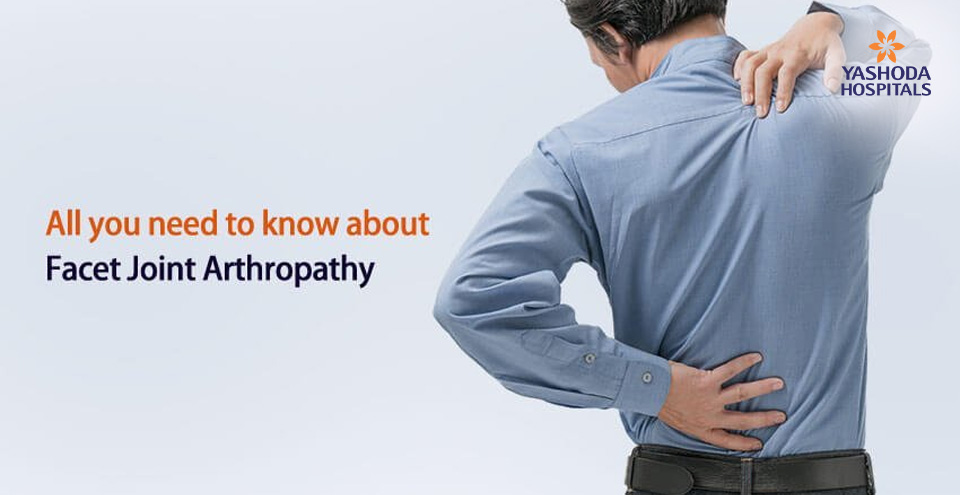

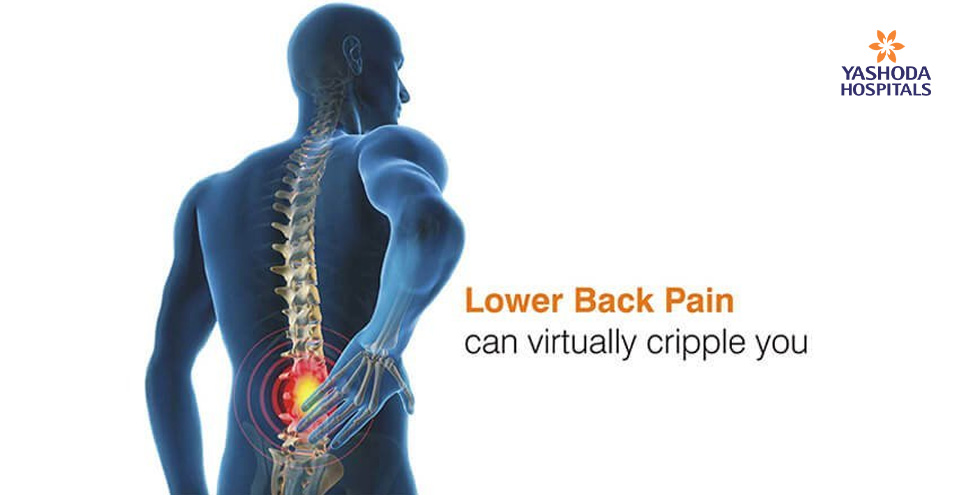
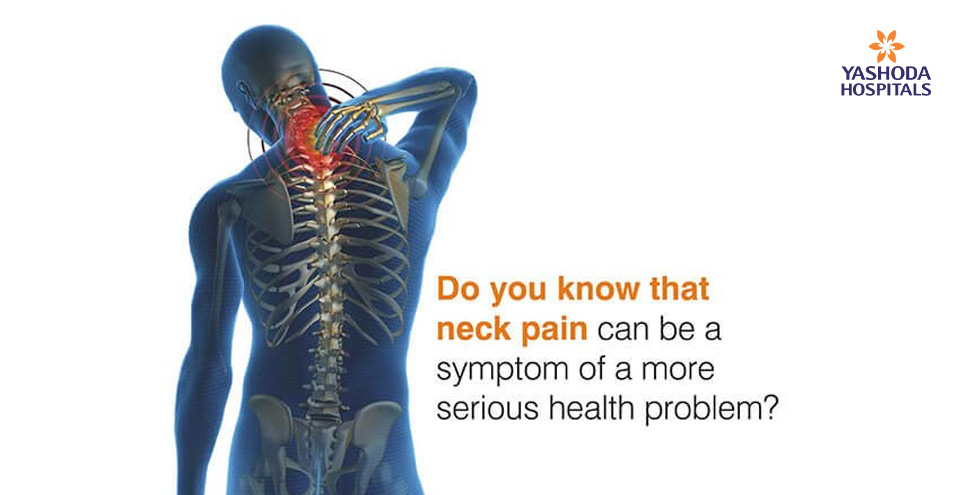





 Appointment
Appointment WhatsApp
WhatsApp Call
Call More
More